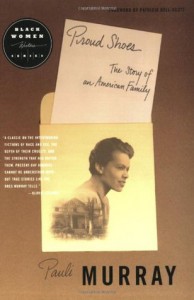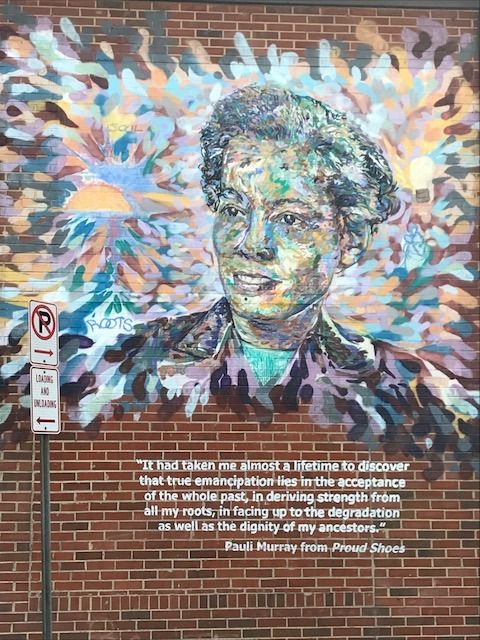Proud Shoes by Pauli Murray

This book is a hidden gem: the biography of a mixed-race family around the time of the Civil War. It was published well before its time – in 1956 there wasn’t much interest in African-American family sagas – but it is well-written and fascinating in part because this isn’t a commonly-told story. Murray was a fascinating character in her own right – a prominent civil rights and women’s rights activist, a lawyer and finally a priest, genderqueer long before people knew what that was – but here she focuses on her family history, which is fascinating in its own right. The book is chiefly about her maternal grandfather, who grew up free in the North, joined one of the first black regiments to fight in the Civil War despite the fact that he was already going blind from an injury, and went south after the war to educate freed slaves in the face of white opposition. Murray’s grandmother’s story is quite different: she grew up a slave, though she didn’t feel like one, being the daughter of a son of the house and mostly treated as such. (Murray’s mother’s family would likely be seen as white today, though by the conventions of the time they were black no matter what they looked like.) All this is mixed in with Murray’s memories of being raised by her grandparents in the early 20th century.

Pauli Murray mural in her hometown of Durham, North Carolina
Overall, I really enjoyed this biography/history/memoir and found it to be absorbing reading, though somewhat slow going. It is a good story and provides a little-known perspective on a well-known time in American history; unlike many books, which approach the time period through fiction, this one is based on family stories and documents and on historical research, and is more complex and authentic for it. I am definitely interested in reading more about Murray and her family.
 4
4





